Ricoh GR II Unboxing
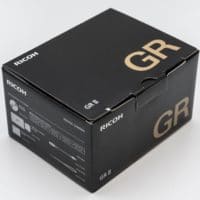

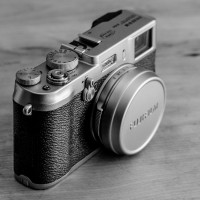
This is a draft of an eventual roundup of fixed lens APS (or larger) sensor cameras… there are some very nice compact APS and Full Frame cameras here 🙂 The Online Photographer: Bunnell: Fujifilm X70 vs. Ricoh GRhttp://theonlinephotographer.typepad.com/the_online_photographer/2016/04/bunnell-fujifilm-x70-vs-ricoh-gr.htmlThe new Fujifilm X70 and its evident inspiration, the Ricoh GR II – Guest post written and illustrated by Ned Bunnell I was intrigued when Fujifilm announced the X70 in January. The press release touted it as a premium fixed-lens… Fuji X100 .
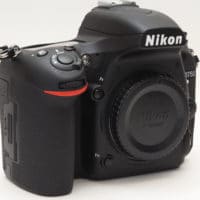
Preface: the “best” camera most certainly depends on the needs of the photographer… with that being said, here are some very good cameras that I immensely enjoy using. During the past month, for work projects and for personal enjoyment, I have been very fortunate to use the following cameras extensively: Sony RX1 mirrorless, full frame Nikon D750 DSLR, full frame Olympus E-M10 mirrorless, four thirds sensor Olympus TG-4 Tough rugged camera, 1/2.3 inch sensor Three of them fall into the “best of
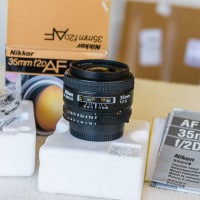
I use a variety of FX lenses on my Nikon D750. My favorite lenses are the “bargain” lenses, i.e. the lenses that cost less than a couple hundred dollars but that are fun to shoot with. Here are some of the best cheap FX lenses to pair with a D750, the D610 and the D810. All these lenses are available for $400 or less in one form of another (some new, some used) and most are in the $100-$200 range. Nikon
The Olympus FL-LM2 is a handy little external flash that attaches to some Olympus Micro Four Thirds cameras. Here is the complete compatibility list: Fully compatible with: Olympus OM-D Series: E-M1 E-M5 E-PL8 Olympus Pen Series: E-PL7 E-PL6 E-PL5 E-PL3 E-PM2 E-PM1 Not compatible with: PEN-F / E-P5 / E-P3 / E-P2 / E-P1 / E-PL2 / E-PL1 / E-M1 Mark II / E-M5 Mark II /E-M10 Mark II / E-M10 Last updated: 2017_02_06

Camera questions from my good friend Jesse: Hola Mr. Hodges! I have a newish Android phone, Moto X Pure (following my trend of getting 6 month olf technology for half price), which has a decent camera (Sony IMX 230 1/2.4-inch 21MP BSI CMOS sensor and a dual-LED flash. F2.0 aperture and 4K video). It works well, but it pales in comparison to some phone’s ability in low-light situations. Is that on the camera hardware, or the app? Same with image

Today my RX1 arrived in the mail. Very excited to test it out! And here is one of my favorite photos of the day taken with the RX1, thank you to my wife for taking it! This was inside a restaurant with fairly low lighting and the RX1 did a splendid job IMHO. Focus appears to have actually been more on the hat brim than faces. Still, the photo is very pleasing to my eye. More samples to follow
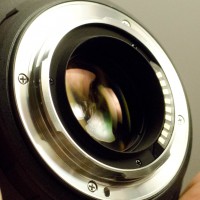
When discussing in body image stabilization (IBIS) it is informative to know the lens mount diameters for each particular lens mount. More diameter relative to sensor size generally gives more leeway for IBIS movement and compensation. As such, here is a list of lens mount diameters: MFT (Micro Four Thirds) ~38mm (Olympus and Panasonic) FT (Four Thirds) 44mm (Olympus and Panasonic) Fuji X: 44mm Pentax K: 44mm Nikon F: 44mm Sony E: 46.1mm Minolta/Sony A: 49.7mm Canon EF: 54mm